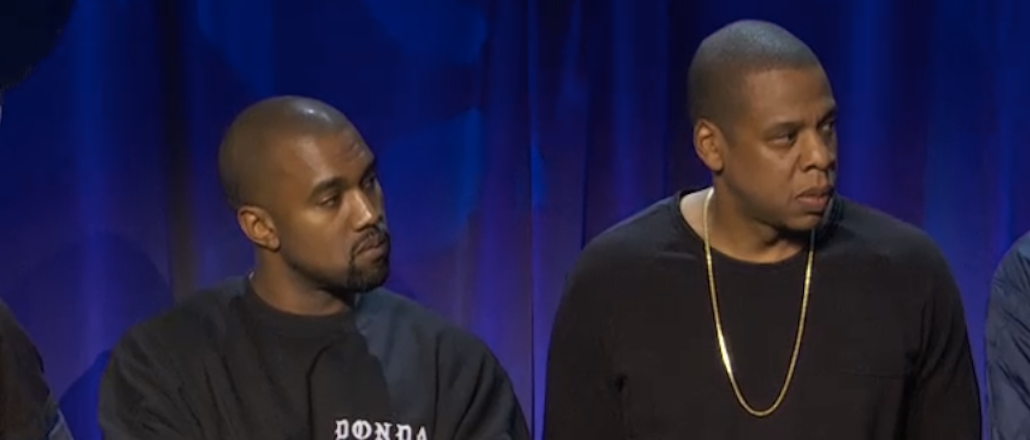
Tidal, the high-definition music-streaming service that was acquired by Jay Z last month, was not-so-quietly relaunched Monday, with a roster of high-profile artists riding the megastar rapper’s wave.
The music-streaming landscape is already a crowded one, though, with powerful competitors including Spotify, Pandora and Apple. Still, according to experts, Tidal should not be dismissed as a mere vanity project.
Tidal is touting exclusive first-window deals with several artists over a certain period, where it would get the first releases of their tracks before any other digital streaming services. The tracks will be “lossless” (aka higher quality) and will come with exclusive content, experiences and merchandise. This is reportedly a two-way street: Tidal is also offering a more attractive set of terms to musicians than other streaming services.
“Windowing is definitely a distinguishing factor, but it may not be a lasting one, ”said Joe Levy, editor-at-large at Billboard. “What is more significant and clear, though, is that through Tidal, artists and labels finally have more bargaining power, and they are signalling that they have grown impatient with the Spotify premium model.”
This goes some distance toward explaining Tidal’s megawatt support. In a power move reminiscent of the formation of United Artists in 1919 — when Charlie Chaplin, Mary Pickford, Douglas Fairbanks and D.W. Griffith created their own movie studio — Madonna, Kanye West, Daft Punk, Beyoncé and Arcade Fire announced Monday that they are among Tidal’s 17 key stakeholders. (In 1919, one film distributor famously quipped of the new UA studios: “The lunatics have taken over the asylum.”)
The hashtag #TIDALforALL got over 98,000 mentions on Monday, according to social analytics firm Topsy.
“This could truly be a music-streaming company owned by an artist that is for the artists.” said Mary Beth Keelty, vp of marketing at PM Digital. “Pandora and Apple are really trying to persuade artists that they are artists-first, but with Jay Z involved, I believe this will really separate Tidal from an already saturated market.”
TIDAL | #TIDALforALLLouder than words. The revolution is coming. Turn up. #TIDALforALL
Posted by TIDAL on Monday, March 30, 2015
Celebrity support aside, Tidal is unlikely to take off unless it gains traction among the long tail of other artists already saturating the $800 million digital music industry.
“Yes, it’s a handful of influential artists, but what does that mean for the hundreds and thousands of other artists out there?” asked Jan Dawson, chief analyst at Jackdaw Research. “It’ll certainly help them get some more buzz, but unless they’re actively pulling their music from the other services out there, I don’t know that it’ll make that much difference.”
Tidal, though, has come out swinging. Just ahead of its press conference on Monday, it announced that it was slashing its monthly subscription rate to $9.99 for the standard definition tier from an initial $20 a month. It still has the option of a $19.99 hi-fi tier subscription too, forcing users to pay more for better quality.
“The fact they’re doubling down on quality, that is definitely what some people are looking for,” said David Berkowitz, CMO at ad agency MRY. “There is a segment out there” that wants this, he said, pointing at the success of Neil Young’s kickstarter campaign for the “Pono music player” last year, which allowed users to listen to music at a much higher quality and raised more than $6 million.
But while Jay Z and his artist army may be initially successful in tapping into their connections in the industry to kickstart Tidal, time will tell whether payouts-per-stream will be a more important factor for artists than visibility. Spotify has 15 million paying subscribers. Tidal is reported to have just 35,000, though the service has not publicly disclosed its numbers.
“I am extremely skeptical about Tidal getting bigger, rather than remaining a niche service,” said Dawson. “It is a much smaller music library, is priced the same as its competitors, has no free option and is not a familiar brand aside from these artists backing it.” Put that way, it does sound somewhat lunatic.
More in Marketing

Pitch deck: How Amazon is recasting Twitch as a core part of its CTV pitch
Amazon is positioning Twitch as a defining asset in its CTV ambitions.

Netflix transforms former mall department stores into experiential venues
The location in Dallas opens this week, and one at the King of Prussia mall near Philadelphia opened last month.

Future of Marketing Briefing: AI has created a new talent paradox in programmatic agencies
The job isn’t execution anymore. AI handles that. The job is judgement.





